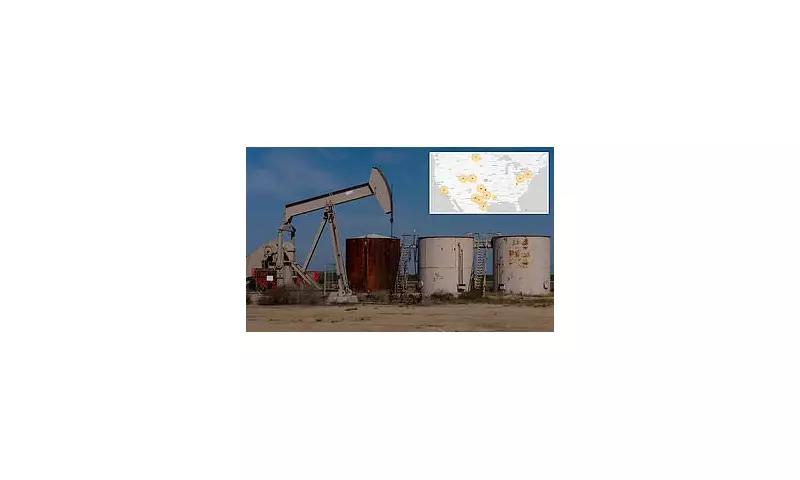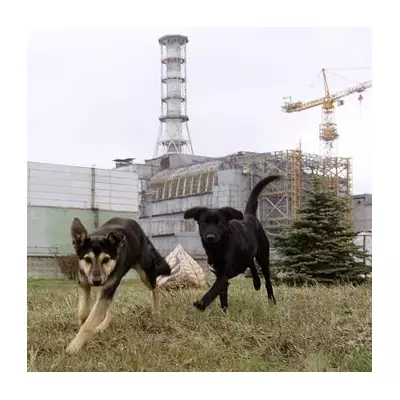
A startling new analysis has laid bare the extensive scale of chemical contamination across the United States, identifying more than 1,300 sites where highly toxic substances are actively seeping into the ground. These hazardous locations, detailed in a comprehensive new map, are leaching per- and polyfluoroalkyl substances (PFAS)—often dubbed 'forever chemicals'—directly into the soil and groundwater.
The findings point to a widespread and deeply concerning environmental health crisis, with these persistent industrial compounds linked to a heightened risk of cancer, liver damage, and a range of other serious illnesses. The chemicals' inability to break down naturally means they accumulate over time, creating long-term hazards for local communities.
The Pervasive Nature of 'Forever Chemicals'
PFAS are a group of thousands of synthetic chemicals renowned for their resistance to water, heat, and stains. This very durability makes them nearly indestructible once they enter the environment. They are commonly found in a vast array of consumer products, from non-stick cookware and waterproof clothing to food packaging and firefighting foam.
The map highlights that contamination is not isolated to a single region or industry. The toxic sites include:
- Industrial manufacturing plants and disposal facilities.
- Military bases and airfields where PFAS-laden firefighting foam was used.
- Wastewater treatment plants and landfills.
A Looming Public Health Emergency
The seepage of these chemicals into the ground represents a direct threat to drinking water supplies. As the chemicals migrate through the soil, they can enter aquifers and wells, potentially exposing millions of Americans to unsafe levels of contamination. The health implications are severe, with studies consistently linking PFAS exposure to:
- Various forms of cancer, including kidney and testicular cancer.
- Developmental issues in infants and children.
- Reduced fertility and hormonal interference.
- Weakened immune system responses.
This map serves as a crucial tool for policymakers and health officials, underscoring the urgent need for stricter regulations, comprehensive cleanup initiatives, and further investment into water filtration systems to protect public health from this invisible threat.





